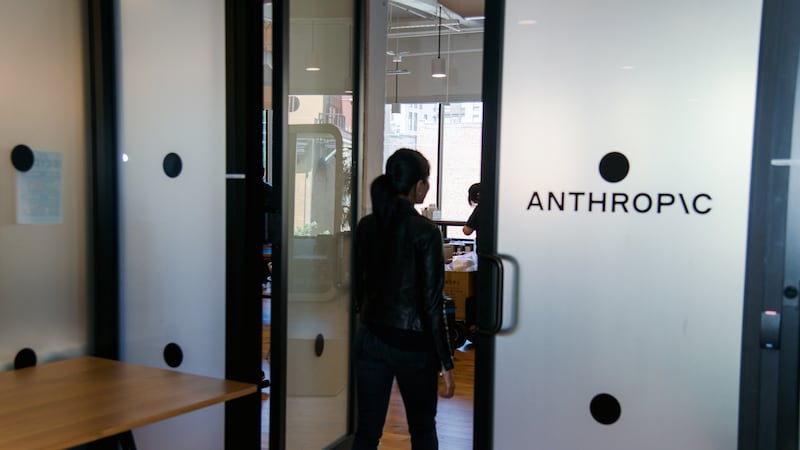The first quarter’s returns for Irish property will not be heralded by the sound of champagne corks popping, but perhaps there might be an audible sigh of relief.
Parts of the Irish property market turned a corner in Q1, with office and industrial units registering an improvement in market rental levels for the first time in five years, while offices in central Dublin and Dublin’s docklands saw capital values grow for the first time in six.
After capital write downs of over 65 per cent, the question for many will be whether the market is finally reaching the bottom end of one of the steepest property declines on record, or if this is just a brief hiatus.
Hope in the air
There is much to be hopeful about, not least because of positive government initiatives, which, after an initially tepid response to the property crisis, has done much to bring clarity and security to the market.
The retrospective rent review policy has been shelved, while cutting stamp duty and a moratorium on capital gains tax has reassured investors they have not been forsaken.
Critically, tax breaks and economic incentives have improved competitiveness and encouraged international tenants to relocate to Dublin, which has stimulated the occupier market.
Though discounted Irish assets offer some of the highest income yields in any developed market, investors have remained cautious due to fears about letting assets.
Now international buyers are circling good prime stock, because it is excellent value, and lettable.
Though they have taken their time, these reforms have shown Ireland is open for business, despite wider macro-economic fears at the other ends of Europe, and returns are steadily improving.
Despite this, we should not get ahead of ourselves. Property values are still falling, albeit at a considerably reduced rate, and while offices have seen an improvement, this has been driven by Dublin.
Office property values remain subdued outside of the central Dublin core.
Trickle down growth from the capital can be a red herring, as we have seen in the UK.
Retail sector
The retail sector, in particular, is still suffering from tentative consumer confidence. Grafton Street and Henry/Mary streets, the two prime shopping centres in the capital, saw values written down by another 3.6 and 1.2 per cent in Q1 alone. Outside of Dublin, Cork's St Patrick's Street saw its shops lose another 5 per cent.
The decline in Q1 was largely due to some high profile UK chains going bust, but nevertheless, as in the UK, consumer confidence remains at the mercy of wider macro-economic conditions.
It was boosted by the Government’s rescheduling €30 billion of debt in March, but who knows what the summer may bring.
Despite competitive rents discounted by almost 50 per cent, it will be a slow recovery for retailers.
The retail sector, and domestic investment in general, will be aided by the introduction of Reits (Real Estate Investment Trusts), but even these need critical mass before they can truly aid the sector, and in which case the industry, government and the big loan book sellers need to co-operate to continue the positive momentum.
Looking ahead
Perhaps it is time to be cautiously optimistic about the Irish property market, but much remains uncertain.
Even if we are on the brink of the long awaited recovery, what emerges in the near term will be driven by increasingly risk-averse investment market practices.
The glory days before the crash are long gone – and that champagne’s going to have to stay on ice.
Phil Tily is IPD managing director for the UK and Ireland
















